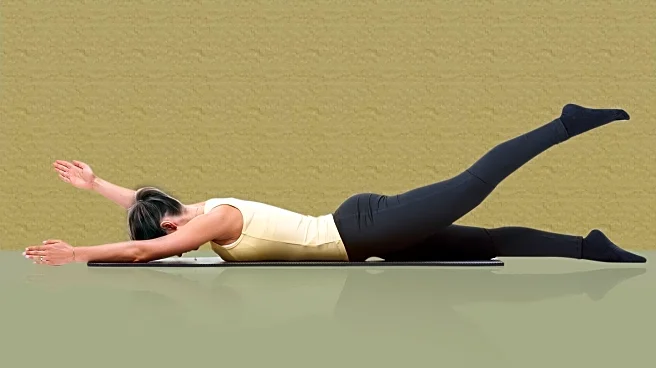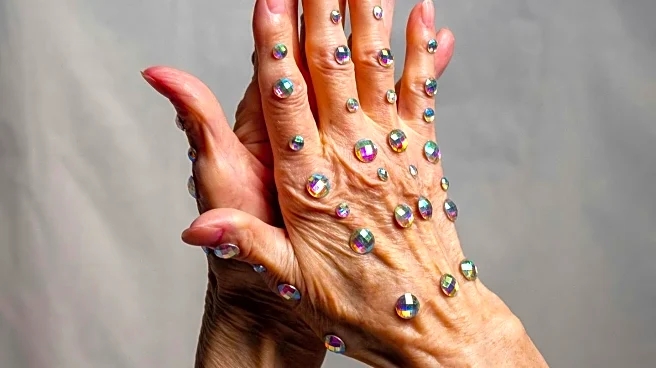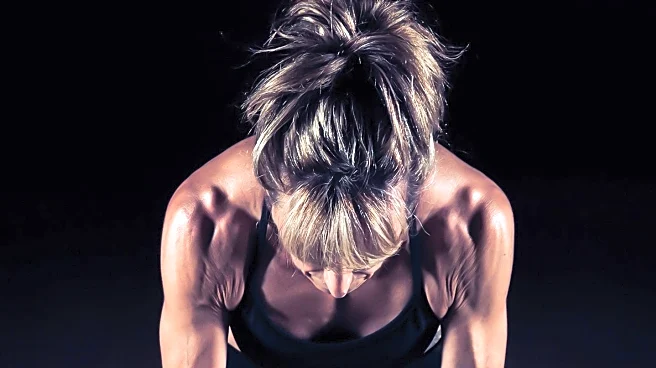What's Happening?
A Pilates instructor, CarolAnn, emphasizes the importance of combating age-related muscle loss, known as sarcopenia, which accelerates after the age of 60. She suggests that maintaining muscle strength
is crucial for supporting bone density, metabolism, balance, and joint integrity, which are essential for functional independence in older adults. CarolAnn recommends Pilates as an adaptable exercise method to preserve muscle mass, reduce injury risk, and maintain independence. She highlights three specific Pilates exercises—bridge, swimming, and Pilates push-up—as effective for seniors, offering modifications for those with limited mobility.
Why It's Important?
The issue of muscle loss in seniors is significant as it affects their ability to perform daily activities independently. By promoting exercises like Pilates, older adults can improve their strength, balance, and coordination, which are vital for reducing fall risks and maintaining a good quality of life. The approach suggested by CarolAnn not only addresses muscle preservation but also enhances neuromuscular coordination and posture, offering a comprehensive fitness solution for seniors. This can lead to reduced healthcare costs and improved well-being for the aging population.
What's Next?
As more seniors become aware of the benefits of Pilates, there may be an increased demand for classes and instructors specializing in senior fitness. Healthcare providers might also consider incorporating such exercise programs into their recommendations for older patients. Additionally, further research could be conducted to explore the long-term benefits of Pilates on senior health and mobility.
Beyond the Headlines
The emphasis on Pilates for seniors highlights a broader cultural shift towards proactive health management and the importance of exercise in aging populations. This trend may influence public health policies and encourage the development of community programs focused on senior fitness and wellness.











